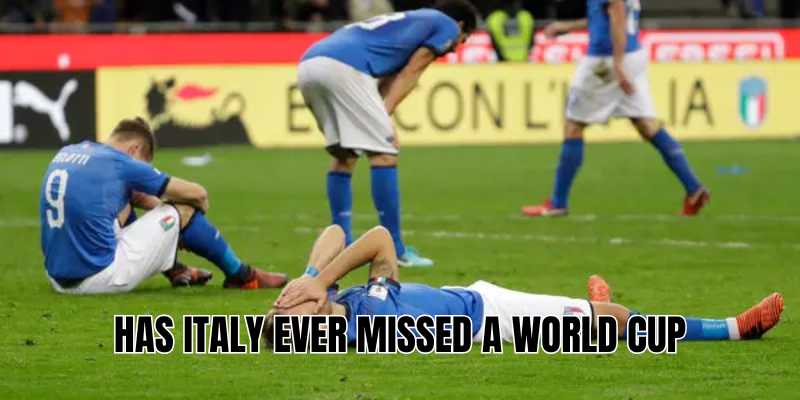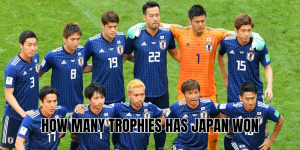Ask any passionate football fan, and the reaction is likely disbelief: Italy — the Azzurri, four-time world champions — missing out on the FIFA World Cup? It’s happened more than once. In this article, AnaGoal will take you on a journey through the history, heartbreak, and drama behind when (and why) Italy has failed to reach football’s biggest stage.
Italy’s World Cup legacy and participation record
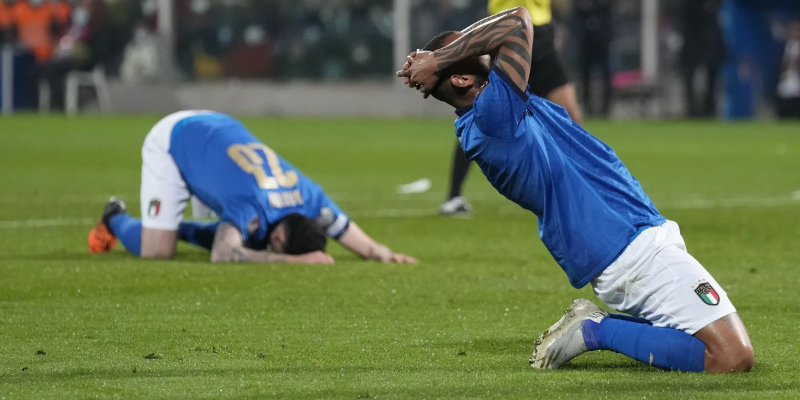
Italy is among the most decorated national teams in World Cup history. Across the decades, the Azzurri have won four titles (1934, 1938, 1982, 2006). Their reputation is one of consistency, resilience, and high expectations. Yet that image masks a more turbulent reality: Italy have missed the World Cup finals on several occasions.
According to their all-time record, Italy have appeared in 18 of 22 FIFA World Cup editions. In other words, they have not participated in four tournaments (either by absence or failure to qualify). Their record includes hosting, auto-qualification as defending champions, and dramatic qualifying campaigns.
Below is a breakdown of the tournaments Italy did not play in the finals and the context behind each absence.
When and why Italy has missed the World Cup
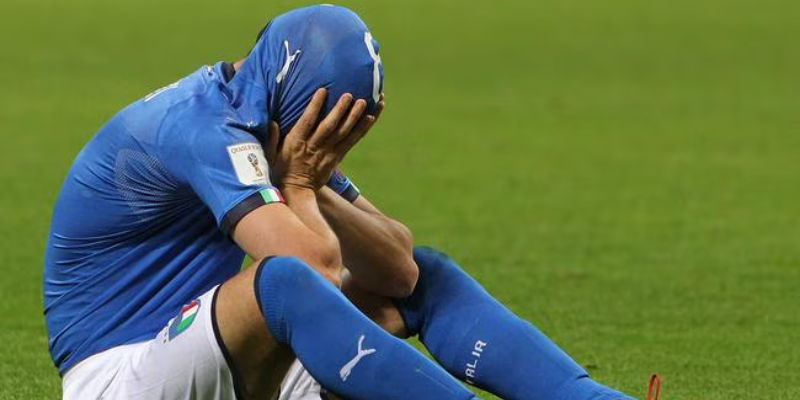
This section reviews each instance of absence.
Early history and voluntary absence
- 1930 (Uruguay): Italy did not enter the inaugural World Cup in 1930. Many European nations skipped the trip due to the long sea travel and cost.
- 1958 (Sweden): This was the first time Italy failed to qualify. They lost out to Northern Ireland in the final stages of qualification.
Though they also did not reach later stages in some tournaments, those were within the final tournament (group stage exits) rather than failure to qualify.
Mid-20th century hiccups
Italy struggled in the 1950s and 1960s—not always failing to qualify, but often underperforming:
- 1954: Though they qualified, the Azzurri failed to get past the group stage.
- 1962: Qualified but exited in the group stage.
- 1966: Once again, Italy were eliminated in the first round of the finals.
These are not “missed tournaments” but reflect inconsistent performances in the final tournament.
Modern era failures: 2018 and 2022
Perhaps the most shocking chapters in Italian football history came recently:
- 2018 World Cup (Russia): Italy failed to qualify for the finals. They finished second in their qualifying group behind Spain and then lost in the playoff to Sweden, 1–0 on aggregate. This was Italy’s first absence from the World Cup since 1958.
- 2022 World Cup (Qatar): Italy missed out yet again. After finishing second in their qualifying group, they fell in the playoff semi-final to North Macedonia, losing 1–0 at home in Palermo. That result ensured they would not participate in the finals—marking the first time in history Italy missed two consecutive World Cups.
These back-to-back failures shook Italian football to its core and triggered introspection, management changes, and calls for systemic reform.
Causes and controversies behind the absences
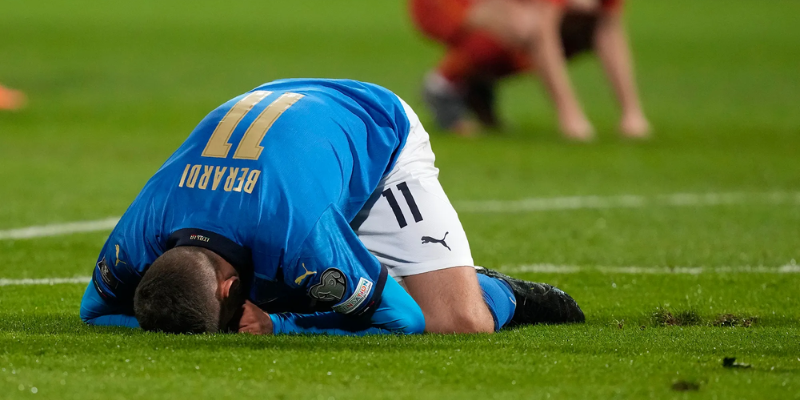
To understand why Italy missed these editions, one must look beyond a simple “bad luck” narrative. Multiple structural, tactical, and psychological factors have played roles.
A congested European qualifying landscape
UEFA qualifying is notoriously brutal. Withited slots and many strong nations vying for them, even a small slip can be fatal. For Italy, having to go through playoffs—even after finishing second—has proved perilous.
Tactical rigidity & inertia
Critics point to inflexibility in tactics. Especially during the 2018 and 2022 campaigns, Italy were accused of relying too heavily on traditional formations and failing to adapt mid-match. otball Italia])
Coaching instability & mistakes
The managerial shuffle and mistakes at key moments haunt both campaigns:
- In 2018, Gian Piero Ventura was heavily criticized for roster choices and mentality, and was sacked immediately after elimination.
- In 2022, under Mancini, the squad suffered. The decision to start certain players (or not) has been scrutinized harshly.
- Key matches have seen isolated errors or lapses—such as the late goal conceded to North Macedonia in 2022.
Psychological weight and pressure
Italy is a nation where football is intertwined with national pride. Going into tournaments as favorites brings enormous pressure. After the 2018 failure, the weight of expectation only magnified in 2022. Analysts believe that mental fragility, combined with tough playoff draws, contributed to the double failure.
A look ahead: 2026 prospects and redemption
After missing 2018 and 2022, Italy are now fighting to avoid a third straight absence. Their qualifying campaign kicked off poorly — a 3–0 loss to Norway stunned fans and sent warning signals.
That defeat triggered a managerial change. Luciano Spalletti was dismissed after that loss, and Italy appointed Gennaro Gattuso as head coach to shoulder the responsibility of reviving the team’s fortunes.
Italy now find themselves in a critical phase. They have to fight through a tight group where Norway leads, and every match offers peril. The specter of historic failure looms large.
If Italy do manage to qualify in 2026, the journey will carry symbolic weight—a restoration of pride for a football nation that has tasted the bitterness of absence.
Final Thoughts
Has Italy ever missed a World Cup? Yes—on multiple occasions., Italy’s history with world tournaments is more turbulent than most fans dare admit.
Yet each absence has taught a lesson: about tactics, management, mentality, and the evolving reality of global football. Italy’s current resurgence campaign for 2026 is steeped in urgency, redemption, and unfinished business.
If you’re a football fan wanting to stay informed about Italy’s road to 2026, qualifying results, previews, and post-match analysis—stick with AnaGoal. I’ll be your guide through the highs, the lows, and every goal in between.
